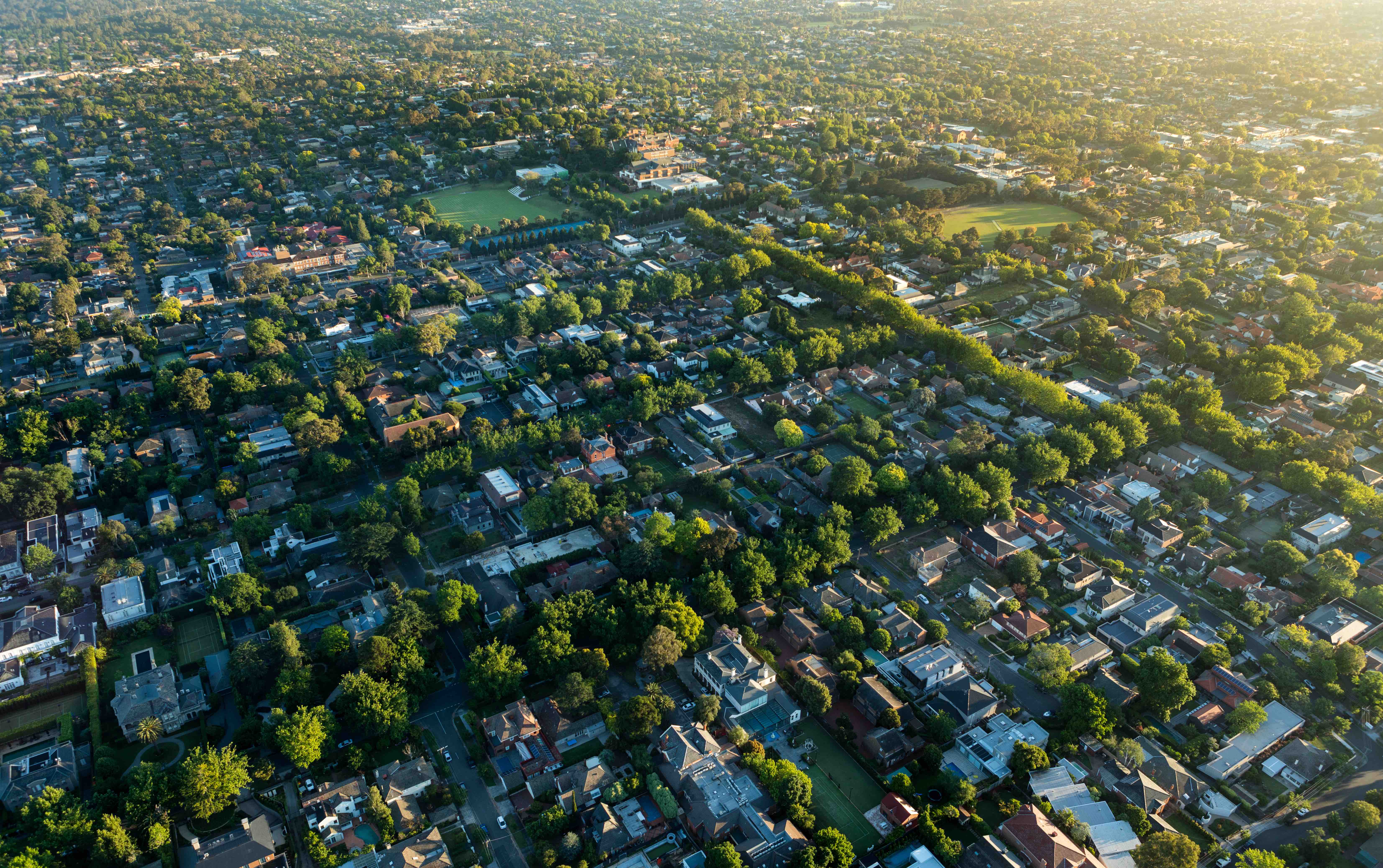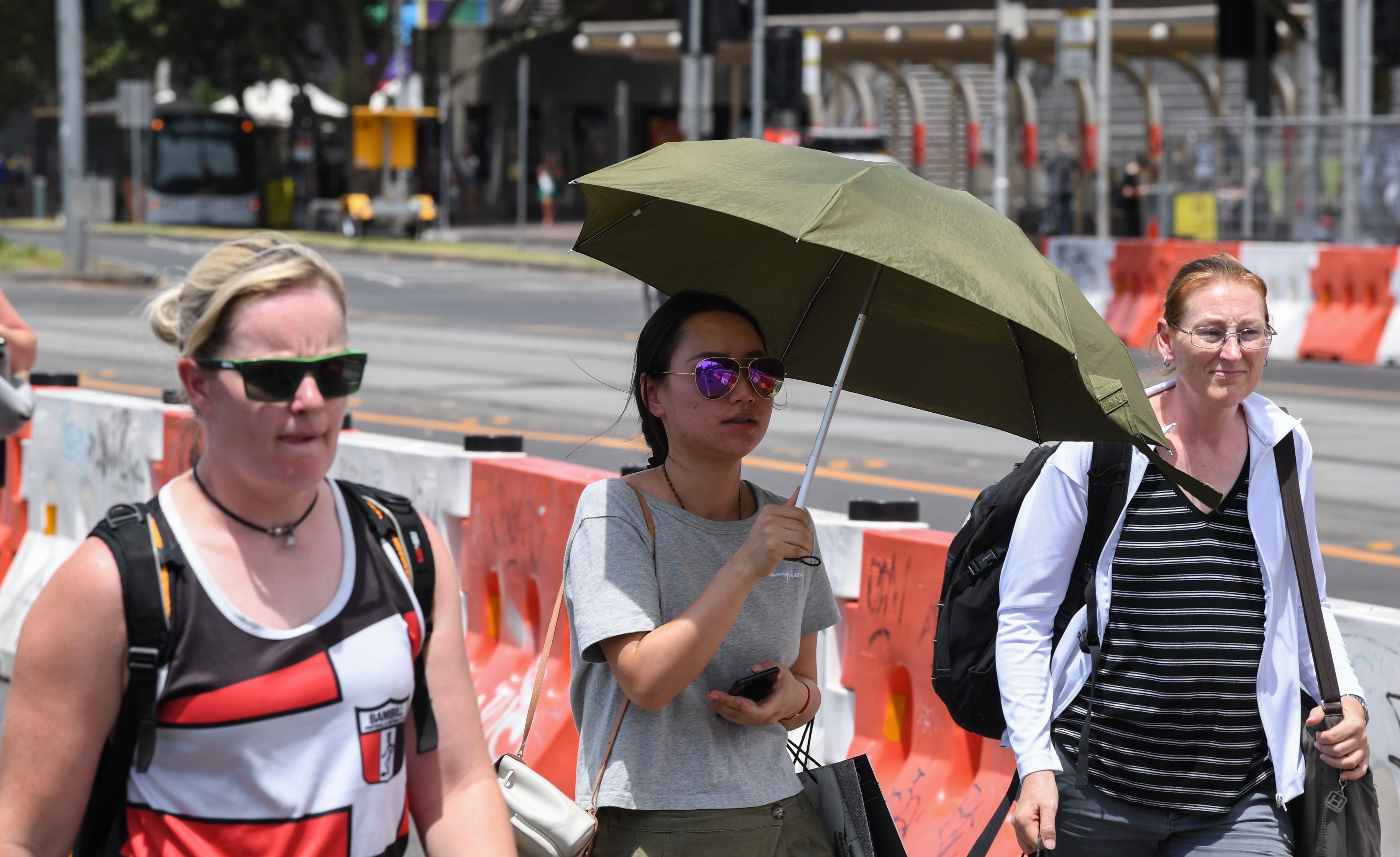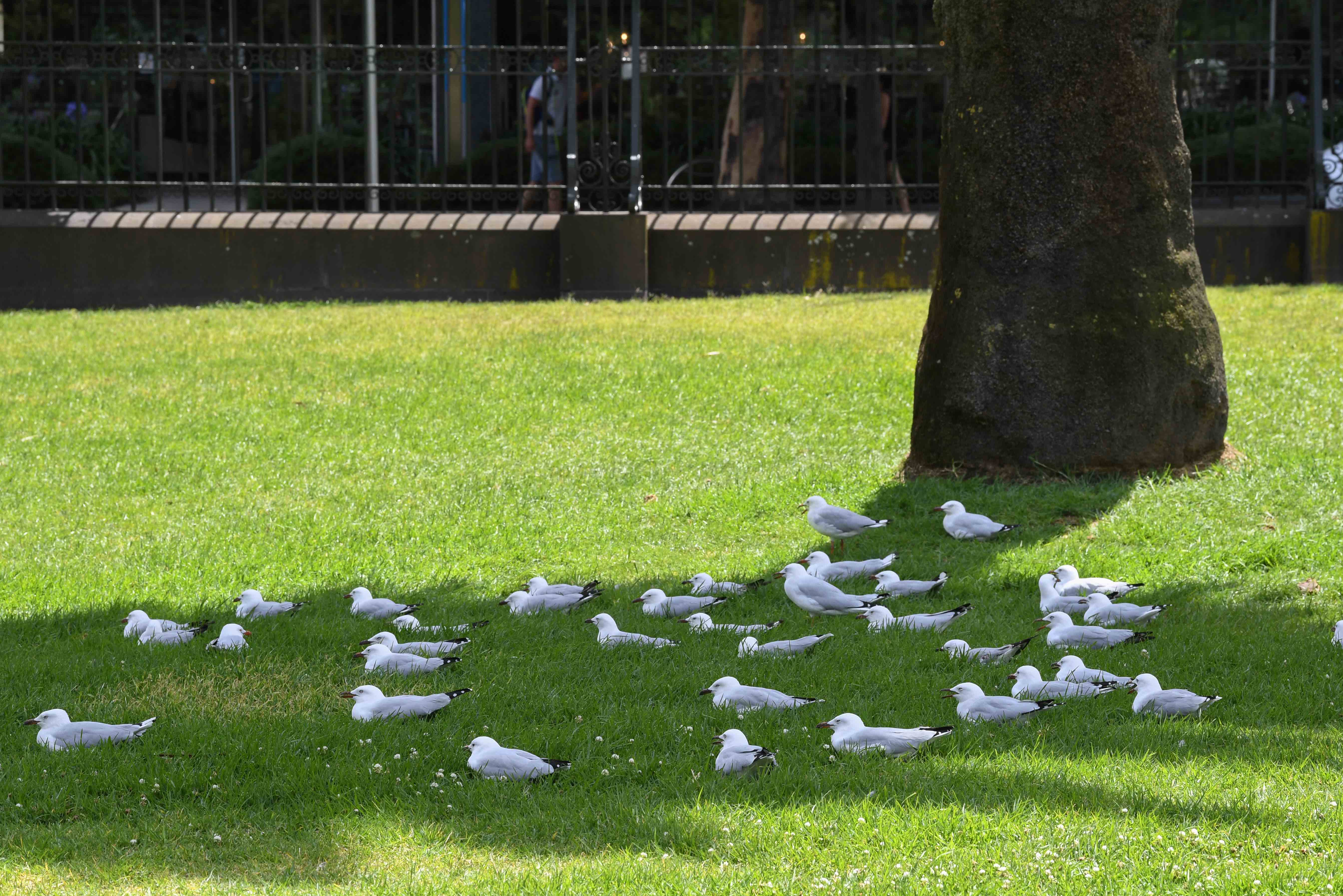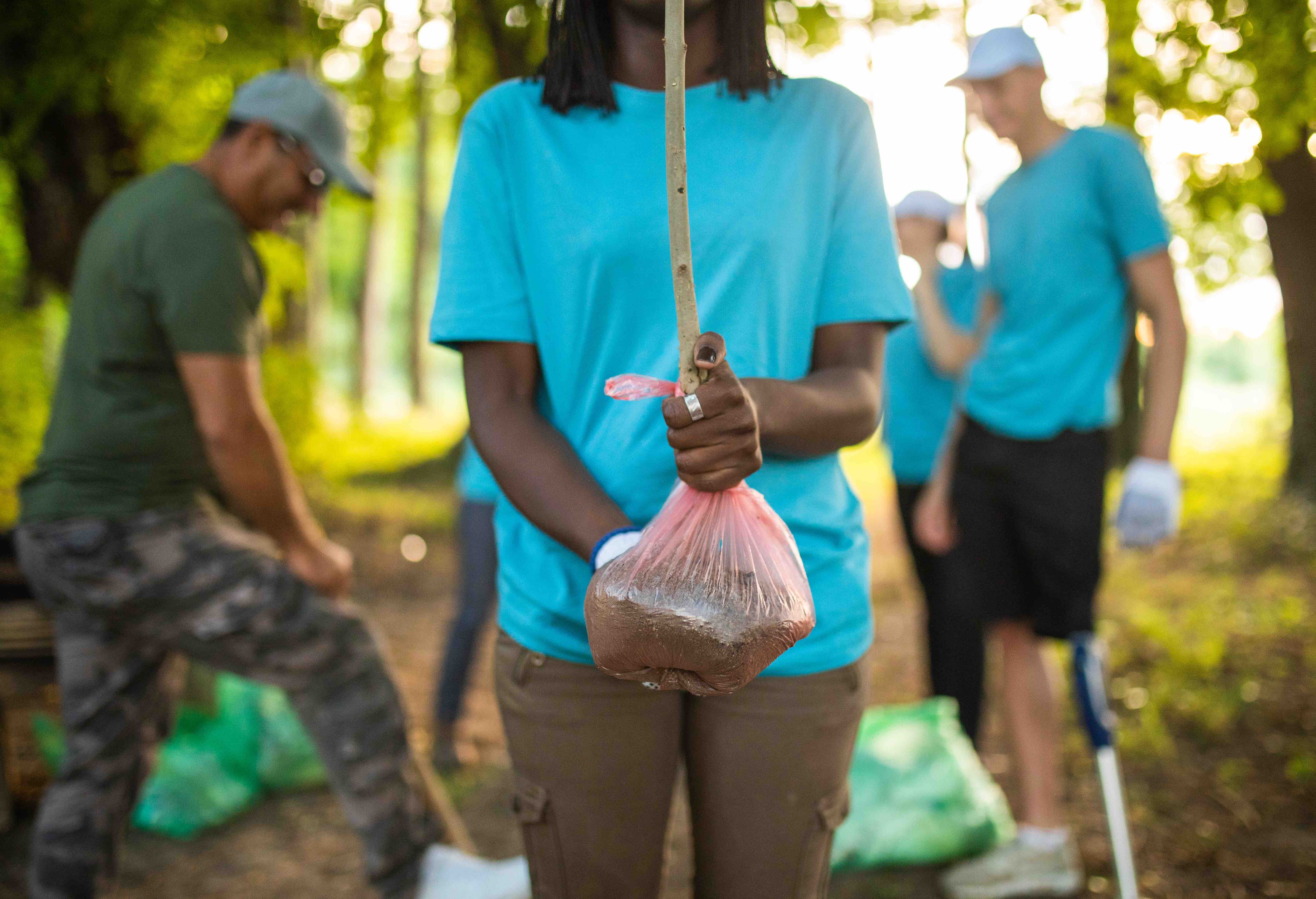
Sciences & Technology
Protecting our thirsty urban trees from more harsh summers

Trees and green spaces are essential for urban sustainability and liveability, but so is planting the right things in the right places
Published 7 March 2019
Now that the one millionth tree has been planted by Greening the West in Melbourne’s western suburbs, there are one million more ways for urbanites to connect with nature.
Greening the West, an alliance of local councils, water utilities, business groups and local community groups received funding from the federal government to plant one million trees. The aim is to transform the landscape, as well as the liveability of our city’s west.

The area, which sits on the dry volcanic plains that stretch to the South Australian border, has significantly lower tree canopy cover compared with other more tree-hospitable areas of Melbourne.
In part due to the lower tree canopy, some parts of Melbourne’s west are also hotter and more exposed, with the urban heat island effect combining with heatwaves to create dangerous conditions for people’s health.
Planting trees in streets, boulevards, shopping strips and around parks is an effective way to mitigate urban heat and to encourage active transport (like walking and cycling), making these areas safer, more welcoming and attractive for people – as well as for the urban biodiversity that has demonstrable economic benefits to health and wellbeing.

Sciences & Technology
Protecting our thirsty urban trees from more harsh summers
Urban heat can particularly affect the elderly, young children, people with pre-existing health issues and those in poor quality housing, or the socio-economically disadvantaged.
Trees and green spaces are essential for urban sustainability and liveability. As well as cooling the environment, they contribute to managing or improving air quality, as well as stormwater quality and quantity.
Importantly, their contributions to our urban lives extend beyond their biophysical functions – contributing to our sense of place and connection with place.
Sense of place emerges through our interactions with our biophysical environment, and it’s often nature which plays a central role in the stories and memories, the smells and sounds that inform a sense of place.
Having the opportunity to ‘encounter’ nature in our daily lives, to build relationships with trees and biodiversity, can recast our appreciation for our dependence on nature, even in cities.

But the action of tree planting itself can help create a sense of community. Taking care of local areas of nature may contribute to building stewardship for nature.
The 1 million trees project brought together local governments, regional and state government agencies and water authorities, as well as hundreds of volunteer hours for tree planting.
Fostering a sense of stewardship for the planted trees – there’s a connection between the planter and their tree – creates the opportunity to increase the success rate of plantings, and to support their healthy establishment and flourishing in the harsh conditions of hot, dry summers.

Environment
Saving stormwater with a veggie raingarden
These kind of hands-on activities have been found to strengthen the sense of connection with nature and enrich our relationships with nature. Everyday experiences of urban nature can increase our personal commitment to biodiversity conservation.
The achievement of planting one million trees shows us both the potential for change at scale, and how partnership projects and collaborative efforts can work together toward a common goal. Transforming Melbourne’s west from a harsh post-industrial environment to a cooler, greener, natured landscape may also give others inspiration for environmental change.
But for transformations like this to become reality, there needs to be space for trees within our cities.
City planners and managers need to ensure that cities and expanding suburbs are designed with adequate space for trees – not just above ground but also below ground where tree roots must ‘share’ space with services and utilities.
There are also still challenges in ensuring the conservation of existing biodiversity; native grasslands once covered the plains west of Melbourne to the South Australian border but are now one of Australia’s most threatened ecosystems.

While trees are essential throughout our built environment, the native grassland remnants that are now part of our city shouldn’t be further threatened by tree planting within their boundaries.
Planting the right things in the right places is critical. Sustainable and liveable cities need trees and open green spaces, and we need to plan these now.
Hopefully the connections with our trees and local nature will lead to a more widespread and deeper stewardship of the biosphere around us. Urbanisation and climate change impacts make this imperative even more important and urgent.
One million trees in Melbourne is a fantastic achievement, but we need millions more.
Banner: Getty Images